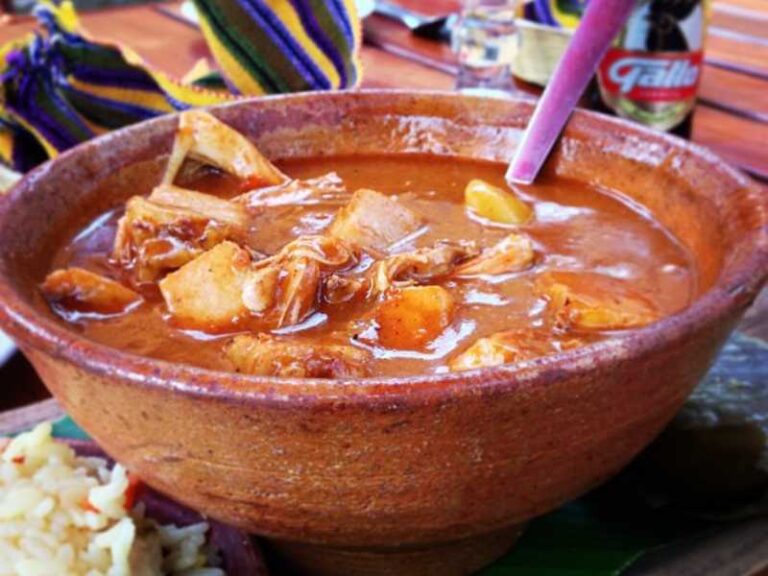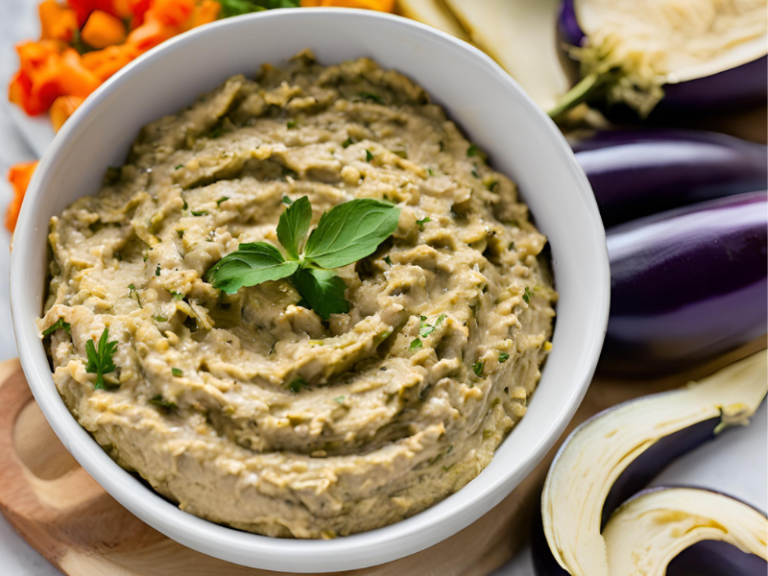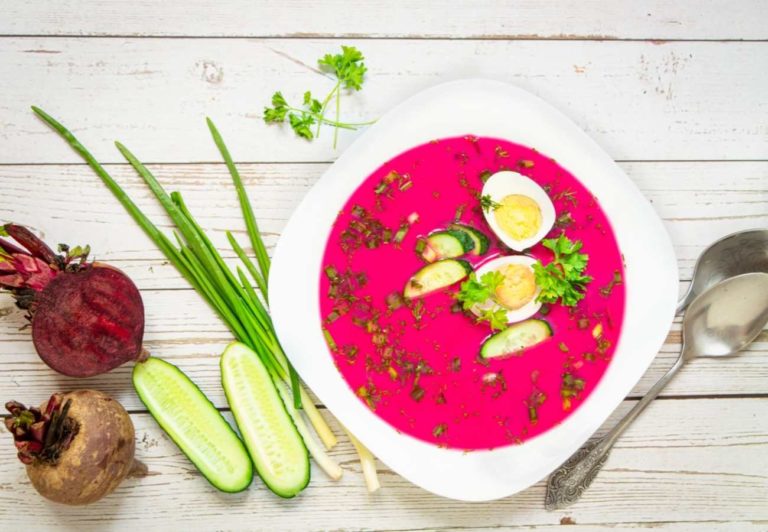Salvadoran Food: 26 Traditional Dishes of El Salvador
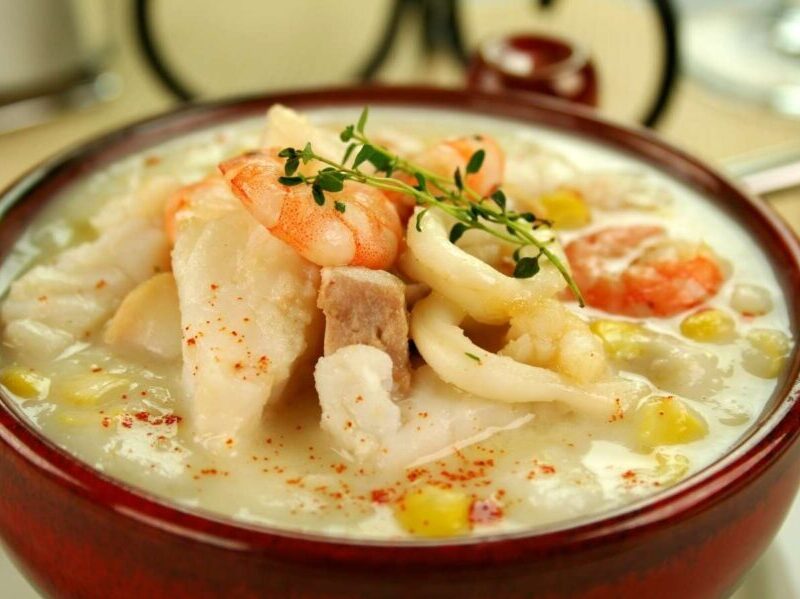
El Salvador is a country located in Central America, bordered by Honduras, Guatemala and the Pacific Ocean. Also known as the land of volcanoes, El Salvador is known to experience frequent earthquakes and volcanic activity. The country is also known for its beautiful black-sand beaches and radiant nightlife.
The population of El Salvador is composed of several ethnicities, including Mestizo, European, Indigenous, and Afro-Salvadorans.
Salvadoran cuisine is a blend of native American cuisines from groups including the Lenca, Pipil, Maya Poqomam, Maya Chʼortiʼ, Alaguilac, Mixe, and Cacaopera.
Maize (corn) is a staple ingredient which is used in the preparation of many dishes. Pork and seafood are other commonly consumed meats.
A staple of Salvadoran cuisine is pupusas, which are stuffed handmade corn tortillas. Other commonly consumed dishes include carne guisada, lomo entomatado, carne asada, pasteles de carne, pollo guisado con hongos and pacaya planta.
Pupusas

Pupusas are tortillas or thick griddle cakes made of corn or rice dough that are filled with several ingredients such as cheese, beans and pork rinds. There are a variety of ingredients used for preparing pupusas and they are added based on personal preference. Pupusas are generally accompanied by curtido, which is cabbage dipped in vinegar along with other vegetables and tomato sauce.
Corn Atole
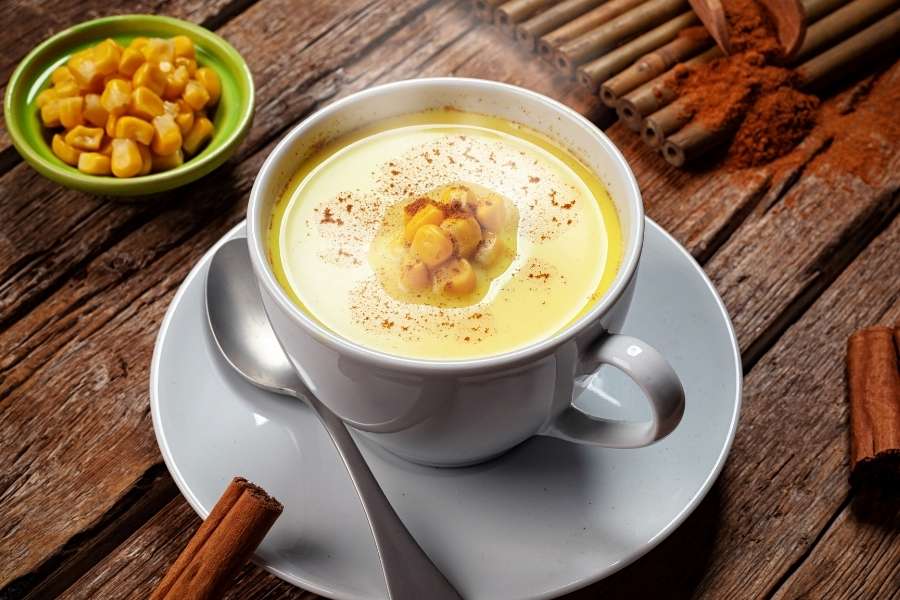
Corn atole, also called atolli, is a hot beverage which, as its name indicates, is prepared using corn. It is made during the sweet corn season and can be found at affordable prices. The drink is considered to be one of the best-known drinks in El Salvador and it even has a Salvadoran song in its honor.
Torrejas
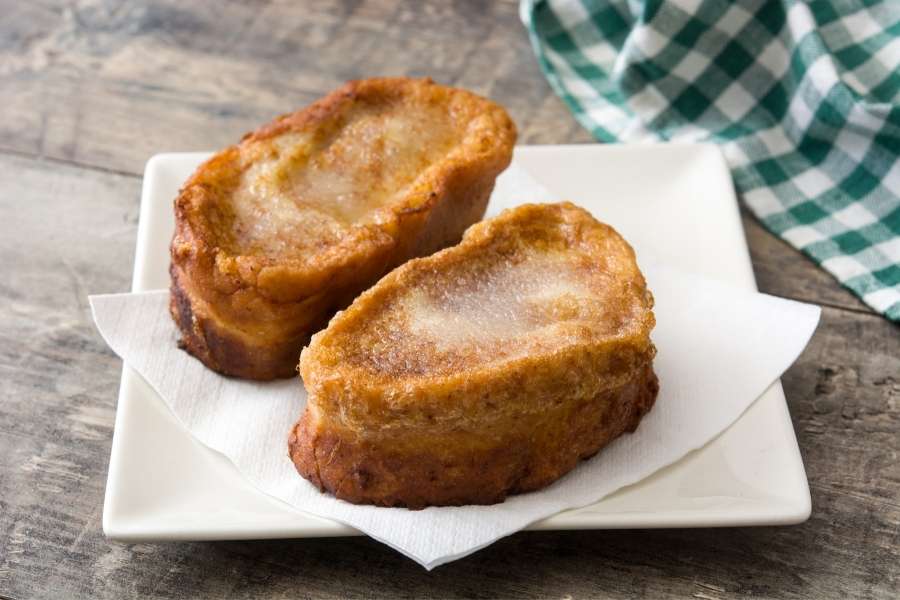
Torrejas is a sweet traditional Easter dish prepared using bread slices which are coated in eggs. They are then fried and soaked in the piloncillo syrup. Torrejas can be accompanied with coffee, without sugar, since the torrejas already have a sweet taste.
Tamales Pisques
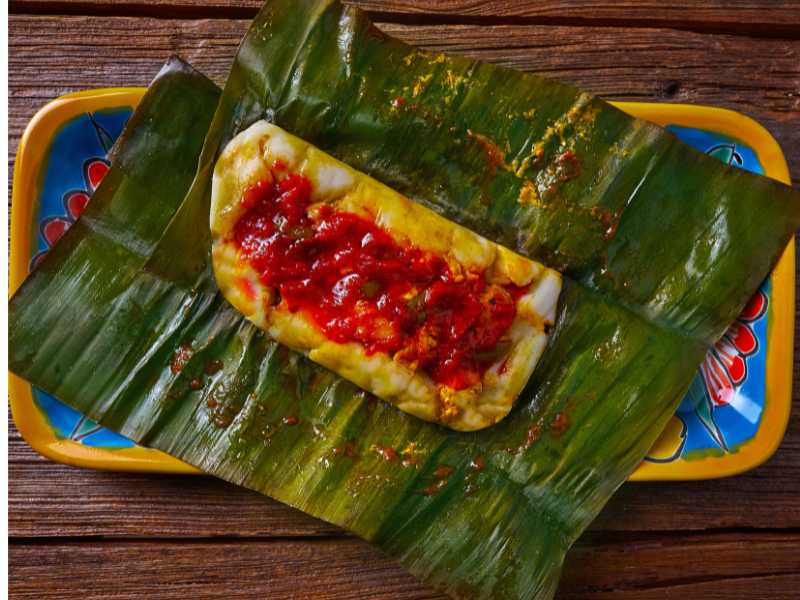
Tamales Pisques are a traditional tamale dish prepared using seasoned corn masa which is combined with refried beans. The mixture is carefully wrapped in plantain leaves which are then steamed.
Salvadorian tamales are generally prepared in banana or plantain leaves, and the masa (cornmeal) is either seasoned with chicken stock or bouillon. It is usually served at breakfast and dinner and is generally consumed with tomato sauce or curtido (a fermented cabbage relish).
Tamales Pisques are considered to be one of the most popular comfort foods among Salvadorans, and they can be easily found at local street vendors throughout the country.
Yuca Sancochada
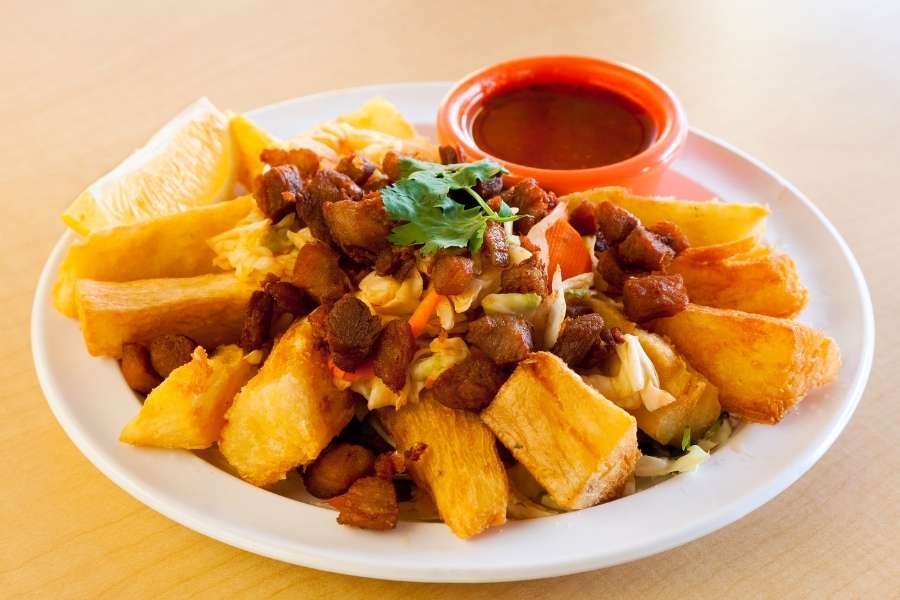
Yuca Sancochada is a dish made from cassava and fried pork rind. It is typically is served on a plate with an orchard leaf below the yucca and curtido is added on top. Lastly, pepescas (small fish) or pork rinds are placed over the curtido.
The dish is generally consumed when the weather is lukewarm. People optionally also add salt, lemon, chili or tomato sauce to enhance the flavor.
Pastelitos (Beef and Chicken Patties)
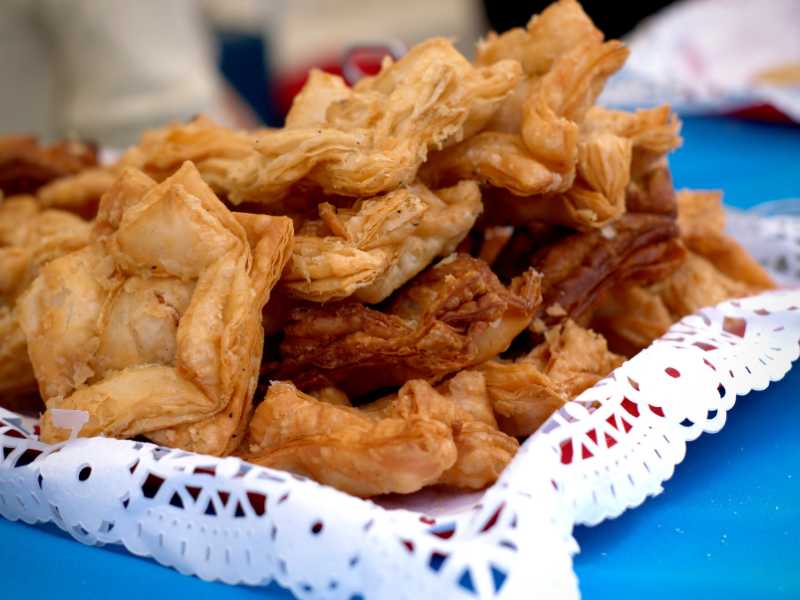
Pastelitos are small pancakes made of corn dough, seasoned with a little achiote (which provides the dough with orange color). Inside these pancakes, there is usually a filling of ground beef or shredded chicken meat with vegetables. They are often accompanied by a little tanning.
Pastelitos are amongst the most consumed dishes of El Salvador and can be found in all towns and neighborhoods at affordable prices.
Leg Soup
Leg soup is a typical cow soup dish reserved for Sundays in El Salvador. Its name derives from the fact that the broth uses the legs and guts of the cow for its preparation. Other ingredients added include vegetables such as güisquil, cabbage and yucca. Occasionally, corn is also added.
Enchiladas
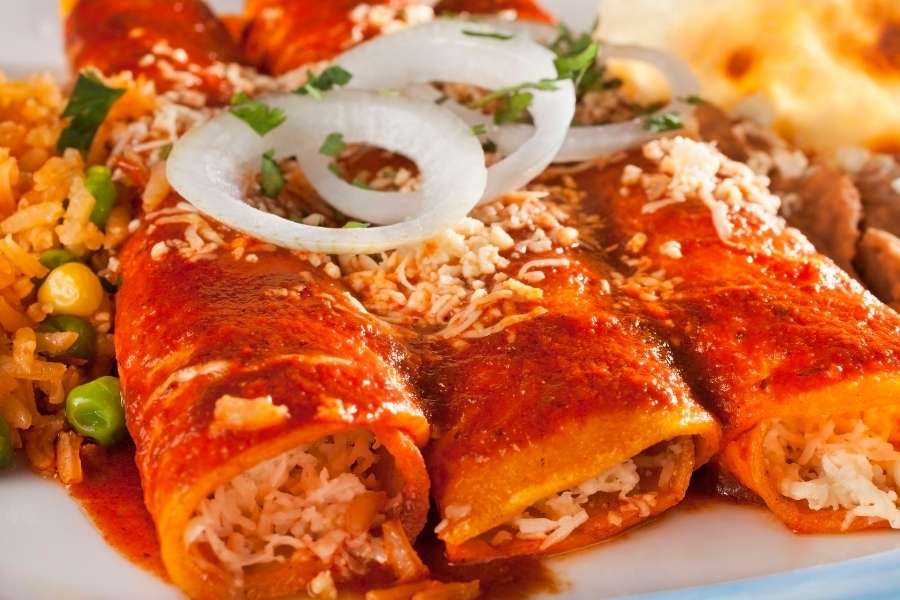
Salvadoran enchilada is a dish prepared using small corn tortillas seasoned with achiote. They are occasionally accompanied by other ingredients such as blended beans, curtido, sliced cucumber, sliced egg, tomato reddish and grated hard cheese.
Seafood Chowder

Seafood chowder is a soup made from crabs, shrimp, lobster, squid tentacles, mussels and fish. It also includes cream, cilantro and celery, among other things. Recommended to be served piping hot, it is often accompanied by a few fried corn tortillas.
Fresh Horchata
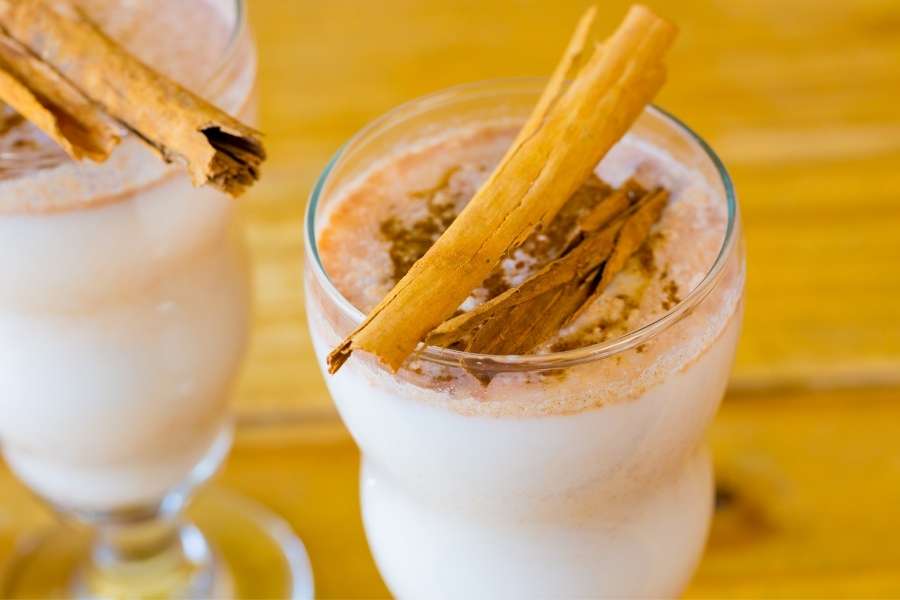
Horchata is a widely consumed drink made from ground morro seeds. It can also be made using ingredients like white rice, cocoa beans, nutmeg, peanuts, sesame, cinnamon and allspice. In order to enhance the flavor, sugar and vanilla extract are also added. Horchata is considered to be a very refreshing and nutritious drink.
Riguas
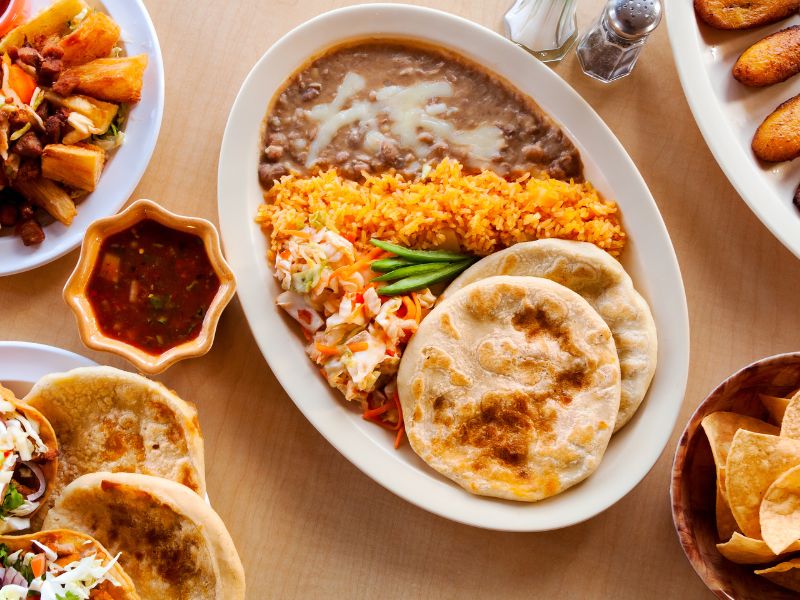
Riguas are cakes made with corn dough and are generally served in banana leaves. It is often consumed on its own or along with curd, cream or cheese. Riguas are quite similar to corn tamales, only that its preparation is faster and easier.
Quesadilla Salvadoreña
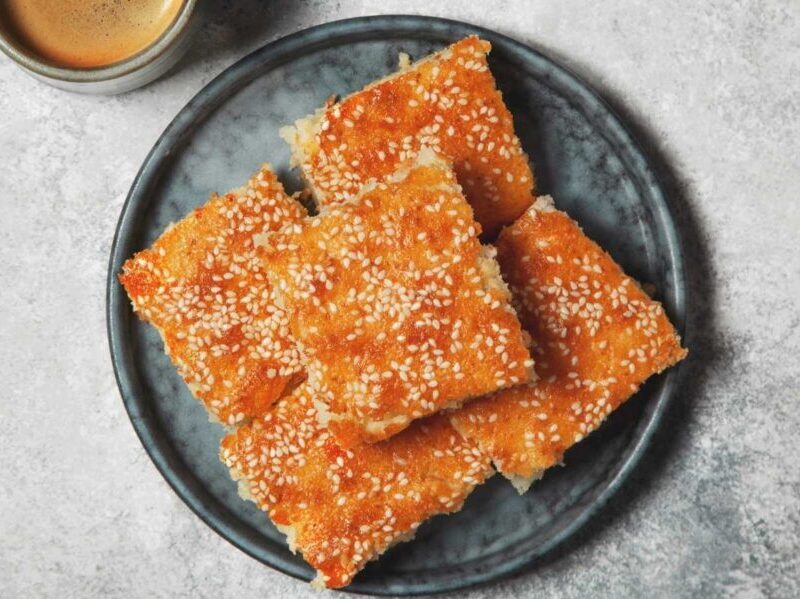
Quesadilla Salvadoreña is a cheese-based dessert prepared using a blend of queso fresco cheese, milk, eggs, butter and flour. Generally savory in flavor and cheesy in texture, it is topped with sesame seeds and is usually consumed for breakfast. It is typically accompanied by coffee or hot chocolate.
Traditional Quesadilla Salvadoreña is prepared using rice flour and a few other dairy products. It is then baked in rectangular trays using brick ovens. Also considered to be a popular Sunday morning staple, one can easily find this sweet bread being sold by local street vendors (in small cities) and in local markets (in big cities).
Sopa De Pata (Cow’s Feet Soup)
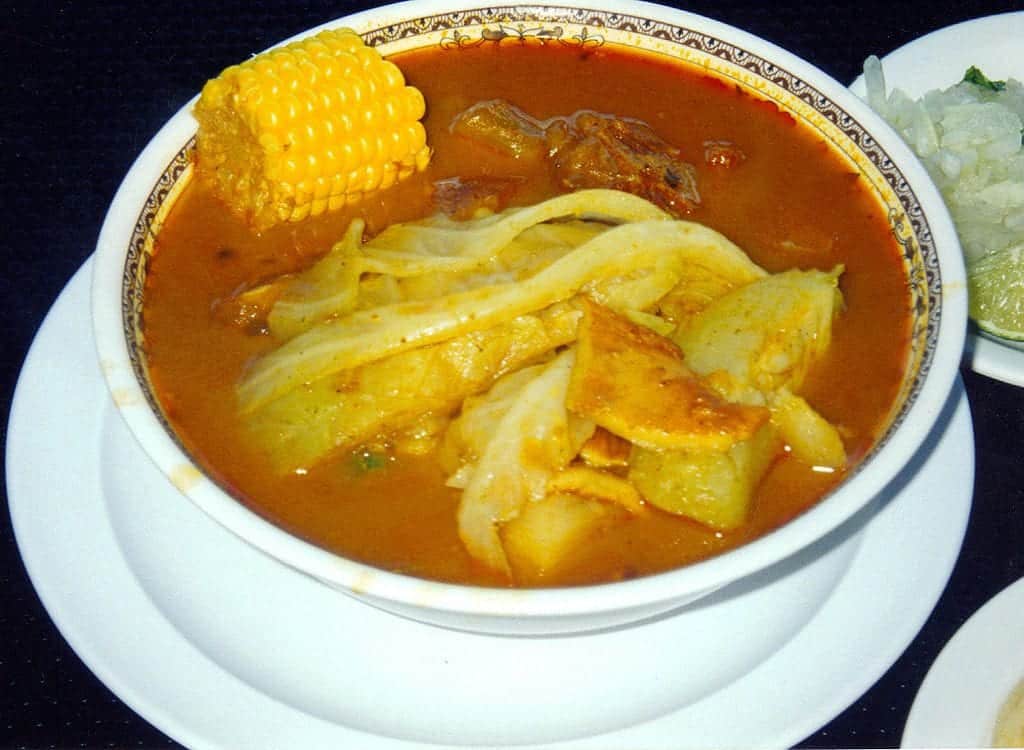
Sopa De Pata, also known as Caldo De Pata, is a cow’s feet soup dish. You might squirm a little bit at the thought of using cow feet in a soup, but it’s really not that strange. Especially in comparison to some of the other weird dishes we’ve discovered around the world.
Sopa de pata is a hearty, comforting soup that is also eaten throughout different parts of Latin America such as in Ecuador.
Obleas
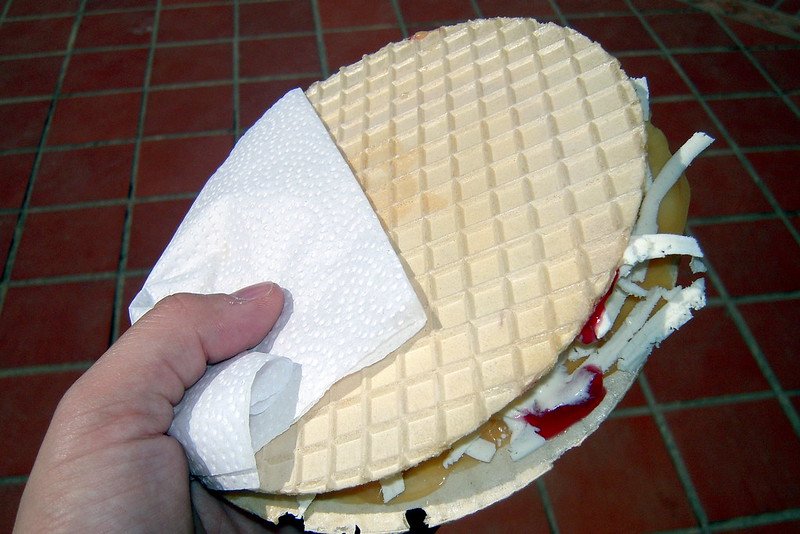
Obleas are round wafers that are light brown in colour. It is a famous Latin American dessert, usually spread with Colombian caramel called arequipe, and topped with cheese, jams, sprinkles, or fruits.
Other fillings can also be placed in obleas like grated and shredded cheese. Others would prefer blackberry sauce, condensed milk, and even more cheese.
Chilate
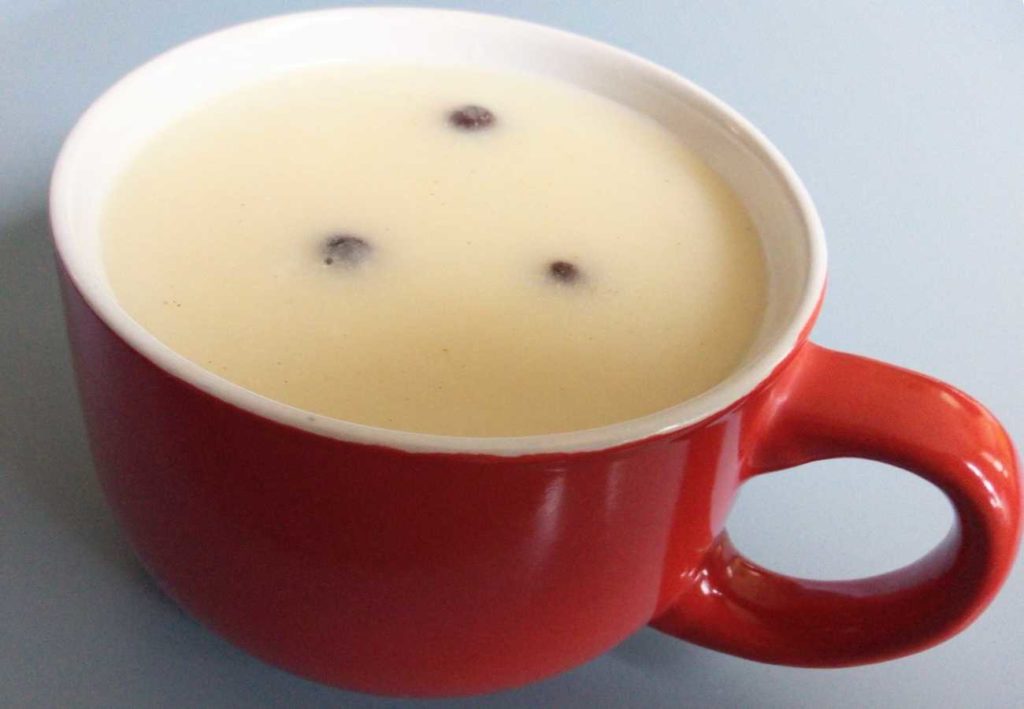
Chilate is a Salvadoran hot beverage made from corn and flavored with ginger and allspice. The corn is cooked in water, with the ginger and allspice slowly steeped in the mixture. Chilate is sometimes eaten with meals however it is mostly consumed as an afternoon refreshment. Since the it is unsweetened, it’s usually accompanied by a sweet dish such as fried sweet plantains or nuegados.
Yuca con Chicharrón
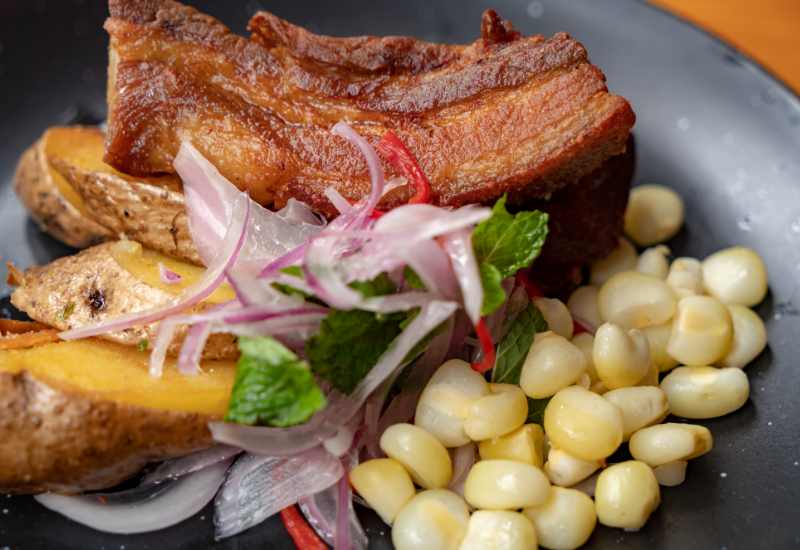
Yuca con Chicharrón is a dish consisting of boiled or fried yuca accompanied by, or topped with, raw cabbage salad, chicharron, spicy tomato sauce or chimol. Chicharrón is deep fried pork skins or pork belly. Pieces of pork are fried until they are golden brown and very crispy. Chicharrón can be found in Spanish cooking in just about every Spanish-speaking country.
Fresco de Cebada
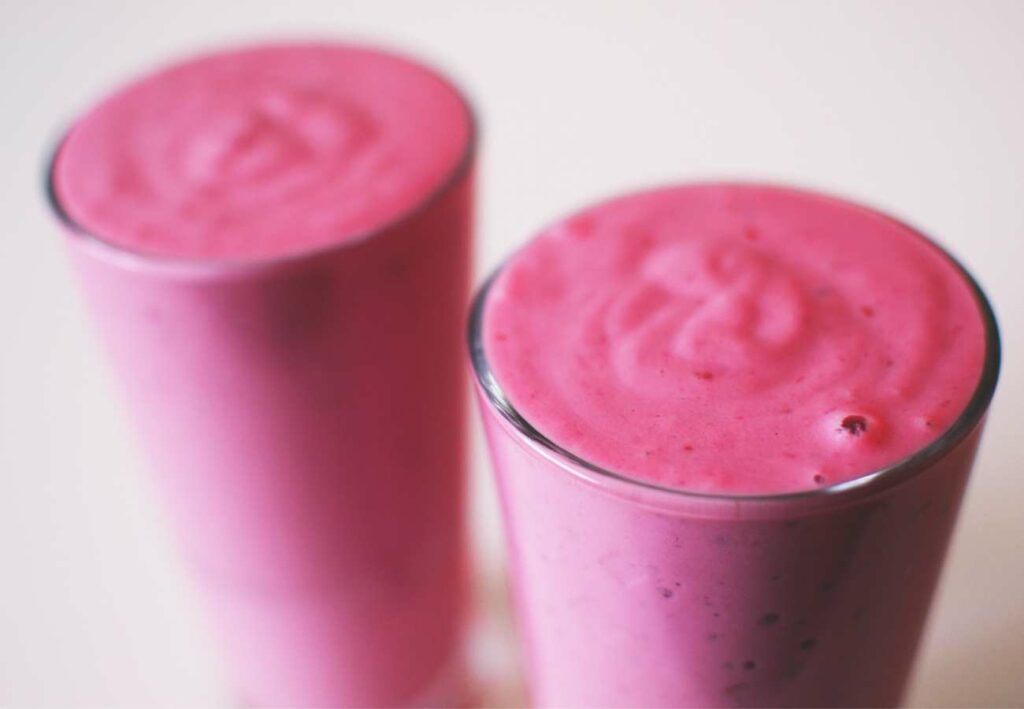
Fresco de Cebada is El Salvador’s signature strawberry flavored pink drink. Fresco de cebada translates to English as fresh barley, which is somewhat a misnomer since there is no barley in this drink. This beverage is made from water, spices such as cloves and cinnamon, flour and sugar. The strawberry flavor comes from vanilla and strawberry essences.
Nuegados de Yuca
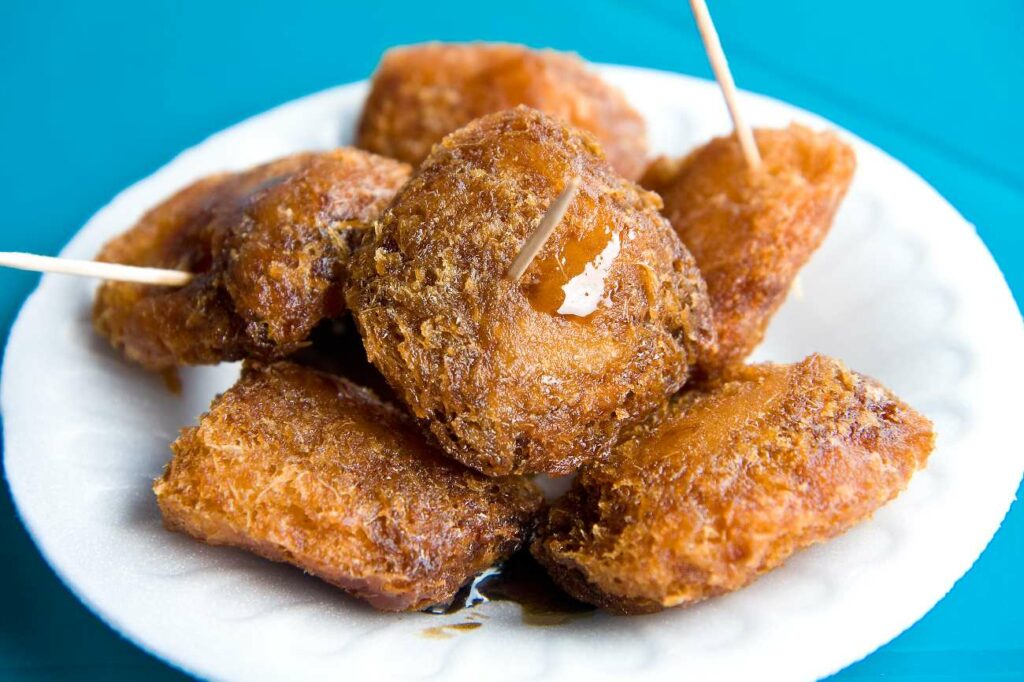
Nuegados de Yuca are a deep-fried dough made with cassava and cheese, popular in El Salvador. Finely ground cassava, shredded cheese and eggs are some of the ingredients used to make the dough which is divided into smaller pieces, shaped then deep fried. After the dough is fried it is drizzled with panela honey
Charamusca
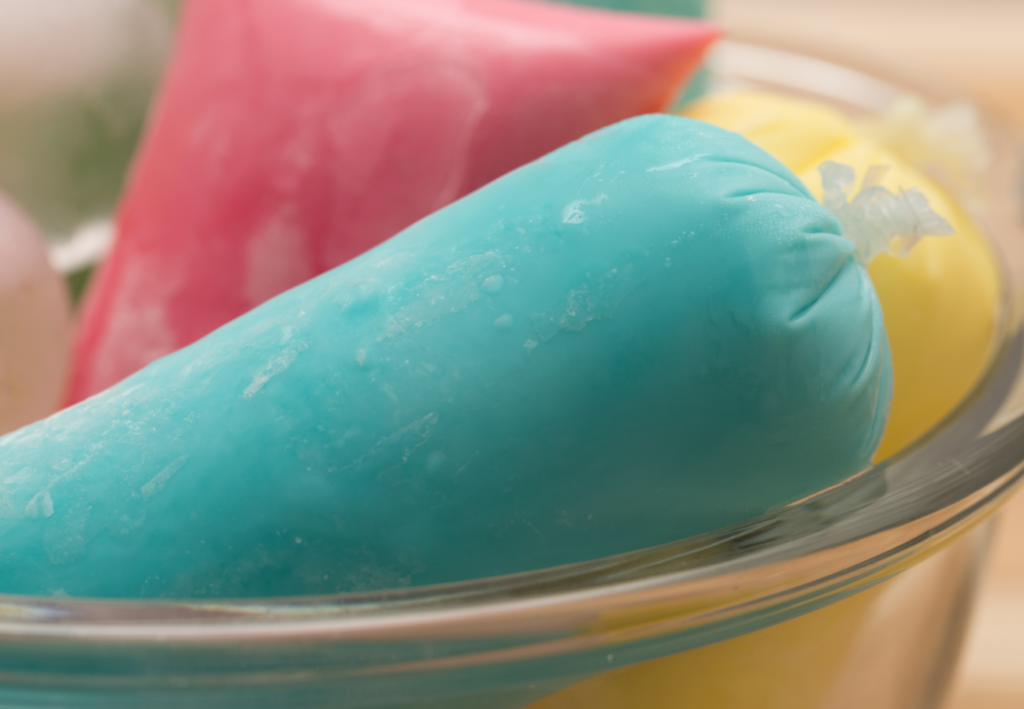
Charamusca is a popular fruit drink from El Salvador made from fruit juice, and sometimes milk, which is frozen and served in a plastic bag.
There are many different popular flavors of charamusca including strawberry, mango and banana. Chunks of fruit or nuts may also be added into the liquid before freezing.
Panes con Pavo
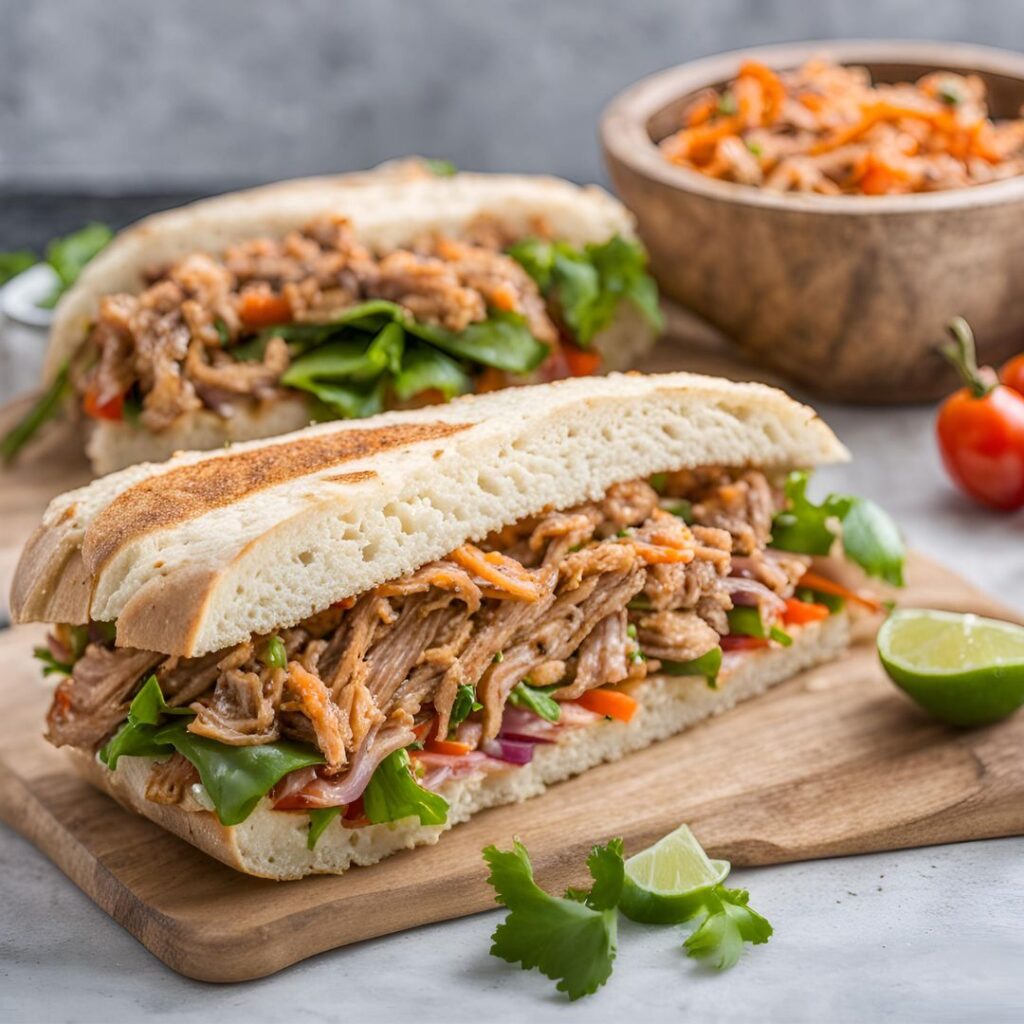
Panes con pavo is a sandwich made with turkey and vegetables, particularly popular during at Christmas when it can be made from leftover turkey. The turkey is prepared in a marinade containing worcestershire sauce and is oven roasted. After roasting, it is sliced then slathered in a relajo sauce and layered into a bread roll along with the vegetables. It is eaten as a main meal.
Relajo is a traditional Salvadoran sauce made from tomatoes, onions, chile peppers and relajo spice mix, which includes chillies, bay leaves, sesame and pumpkin seeds. The vegetables may be fresh, typically cucumbers, water cress and radishes or pickled in vinegar like cabbage, carrots and onions.
Minutas
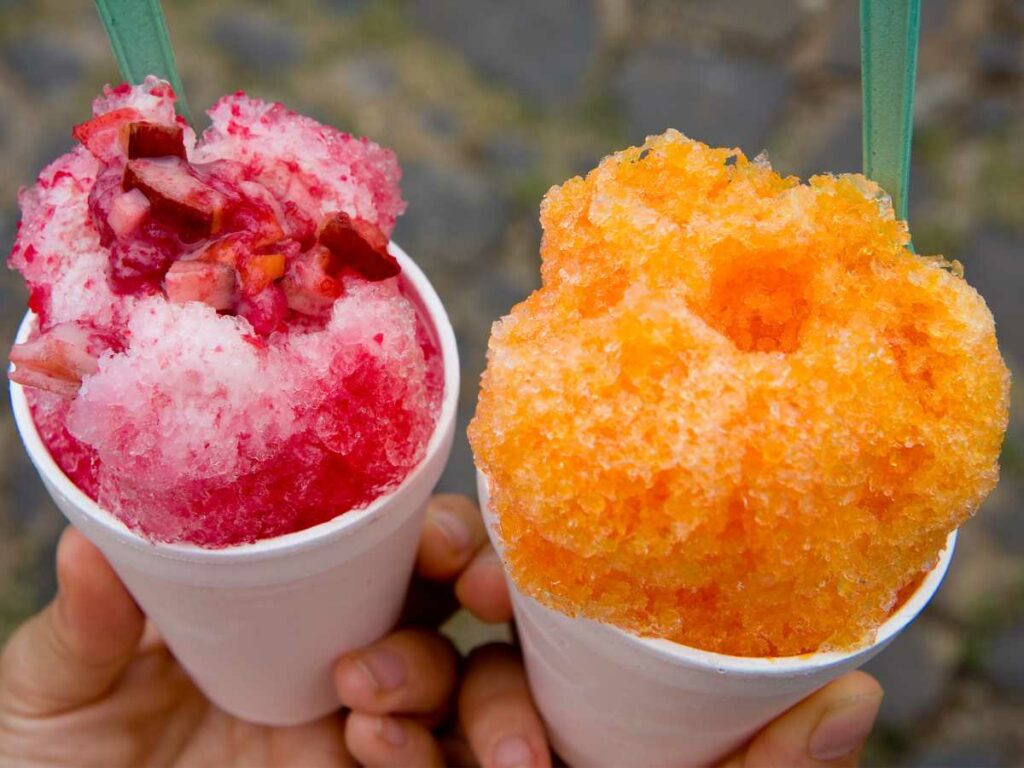
Minutas are a frozen snack similar to a snow cone. The frozen base is made of shaved ice. The ice is scooped into the serving container then topped with colorful flavored syrups. Additional toppings can also be added. These include condensed milk, fresh fruit, sweet colorful shredded coconut and sprinkles.
Rompope
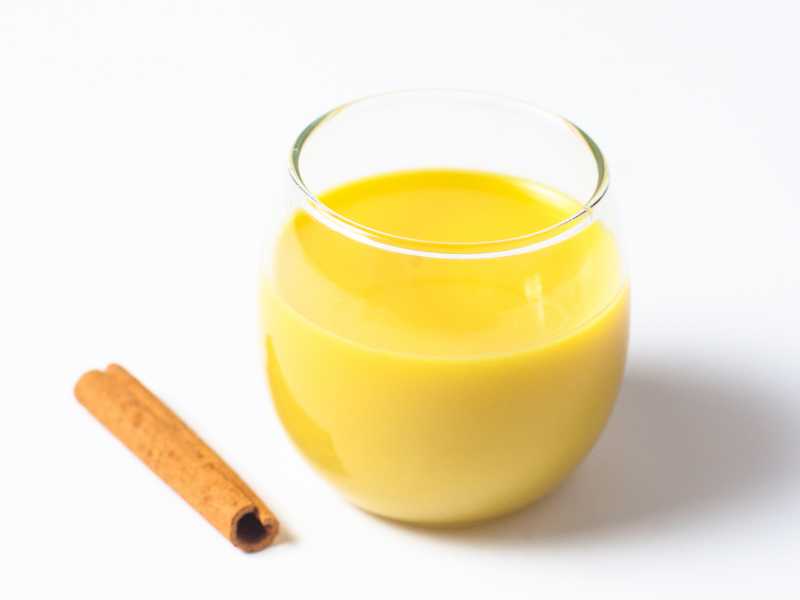
Rompope, also known as Mexican eggnog, is a dairy-based alcoholic drink similar made using milk, sugar, spices, egg yolks, vanilla and rum. The milk and sugar are heated up to infuse with the spices. The egg yolks are beaten first, before adding into the milk mixture and the alcohol is added last.
It is popular in many Central and South American countries, although it is most commonly associated with Mexico where it was invented.
Leche Poleada
Leche poleada is a custard dessert made with milk, sugar, cornstarch, vanilla, cinnamon and eggs. The ingredients are prepared by heating them up as the cornstarch thickens the mixture. It is then chilled before serving cold.
Marquesote

Marquesote is a traditional Salvadoran sponge cake made with eggs, sugar, flour and flavored with cinnamon. The eggs whites are whipped until stiff before adding the egg yolks and other ingredients. It is baked for a short time then served with a beverage such as coffee.
Sancocho
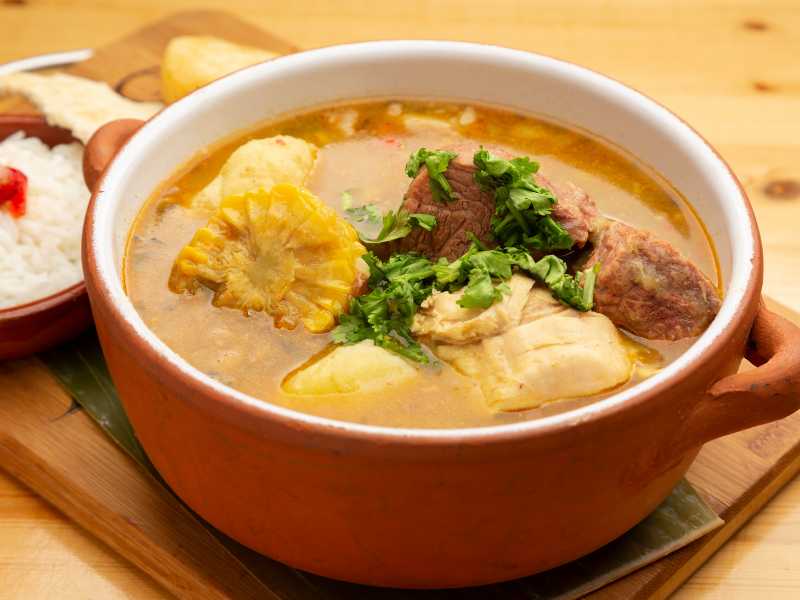
Sancocho is a soup made using many ingredients which includes, meat, vegetables, herbs, seasonings and root vegetables. It is eaten regularly in many Latin American and Spanish Caribbean countries.
Some common meats used in its preparation include beef, pork, chicken and off-cuts such as animal feet and stomach. Seafood is also used and multiple types of meats can be used in one soup.
Cóctel de Conchas

Cóctel de Conchas is a seafood cocktail containing fresh clams, citrus juices, tomatoes, onions, and cilantro. It is typically enjoyed as an appetizer or a light meal on hotter days.


